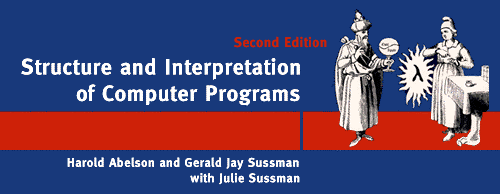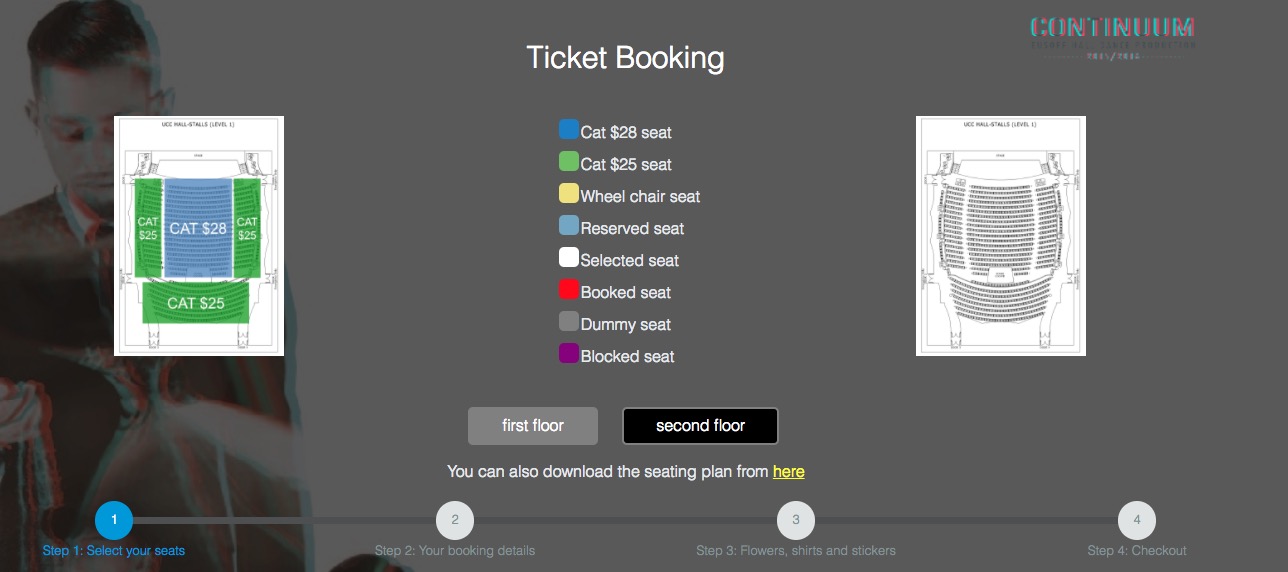When Deep Neural Net meets Code Review
Abstract-Peer code review is an essential step in the development of large software. However, the manual process is sometimes repetitive and even tedious. The community has developed various tools to automate the process. Most of them are linter/static analysis tools. They solve parts of the problems but have several limitations. In this project, we intend to employ Deep Neural Networks (DNN) to automate the process. Specifically, we conduct some proof-of-concept works to examine the relationship between the code changes and the review comment. Our initial attempt shows that our models fail to find a useful link from code changes to review comments. However, we are able to generate something interesting reversely from review comments to code changes. Further work includes more investigations on the DNN for review comment prediction. In addition, more sophisticated tuning on our successful models will also be beneficial.







